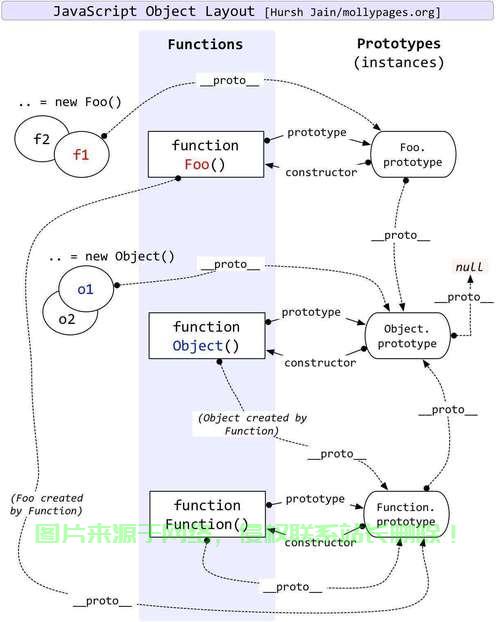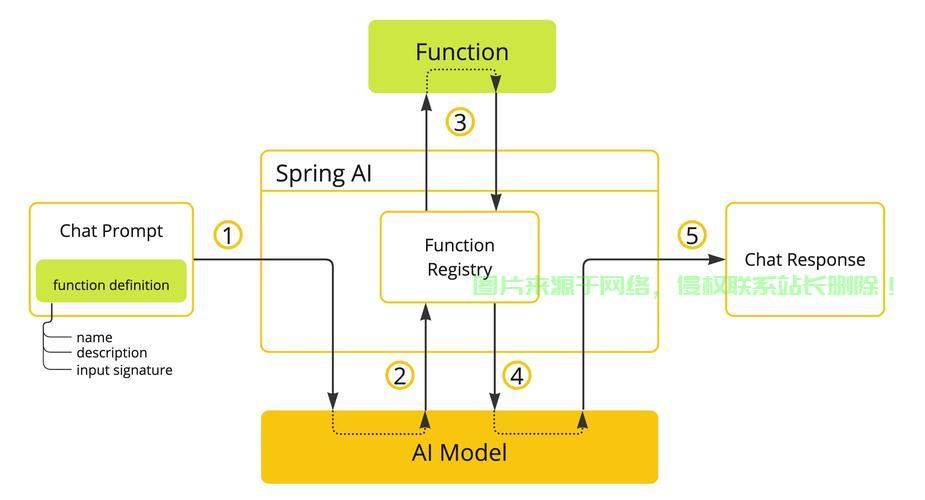Function Prototype,Unlocking the Power of Function Prototypes: How Do They Supercharge Your Code?,Unlocking the Power of Function Prototypes: How Do They Supercharge Your Code?
** ,Function prototypes are essential in programming, acting as forward declarations that specify a function's name, return type, and parameters before its full implementation. By providing this "blueprint," prototypes enable the compiler to verify function calls for correctness early, preventing errors and improving code organization. They allow functions to be called in any order, even if definitions appear later, enhancing modularity and readability. Additionally, prototypes support better collaboration in team projects by clarifying function interfaces upfront. Whether in C, C++, or other languages, leveraging prototypes ensures cleaner, more efficient, and maintainable code, making them a powerful tool for developers aiming to optimize their workflow and reduce bugs. (Word count: ~120)
概念定义
函数原型是编程中声明函数接口规范的语法结构,包含三个关键要素:
- 函数名称 - 标识符
- 参数列表 - 参数类型及顺序
- 返回类型 - 函数输出类型
典型应用场景:
// C语言函数原型示例 FILE *freopen(const char *pathname, const char *mode, FILE *stream);
参数详解
| 参数 | 类型 | 说明 |
|---|---|---|
pathname |
const char* |
目标文件路径(绝对/相对路径) |
mode |
const char* |
文件访问模式(详见模式说明表) |
stream |
FILE* |
需重定向的流指针 |
文件访问模式说明
| 模式 | 说明 | 文件存在时 | 文件不存在时 |
|---|---|---|---|
| "r" | 只读 | 正常打开 | 返回NULL |
| "w" | 写入 | 创建新文件 | |
| "a" | 追加 | 创建新文件 | |
| "r+" | 读写 | 正常打开 | 返回NULL |
| "w+" | 读写 | 创建新文件 | |
| "a+" | 读写 | 创建新文件 |
返回值处理
graph TD
A[调用freopen] --> B{成功?}
B -->|是| C[返回原流指针]
B -->|否| D[返回NULL]
D --> E[设置errno]
E --> F[可通过perror输出错误]
典型应用案例
案例1:输出重定向
#include <stdio.h>
int main() {
// 重定向标准输出到日志文件
FILE *log = freopen("app.log", "a", stdout);
if (!log) {
fprintf(stderr, "[ERROR] 日志初始化失败\n");
return EXIT_FAILURE;
}
// 自动记录执行时间
time_t now = time(NULL);
printf("[%s] 程序启动\n", ctime(&now));
// 业务逻辑...
printf("处理完成,结果已保存\n");
fclose(log); // 显式关闭更安全
return EXIT_SUCCESS;
}
优势:自动记录所有printf输出,便于后期审计
案例2:输入源切换
#include <stdio.h>
#define MAX_LEN 256
void process_input() {
char buffer[MAX_LEN];
while (fgets(buffer, MAX_LEN, stdin)) {
// 处理输入内容...
}
}
int main() {
// 从配置文件读取输入
if (!freopen("config.ini", "r", stdin)) {
perror("配置加载失败");
return 1;
}
process_input(); // 处理配置数据
// 恢复标准输入
#ifdef _WIN32
freopen("CON", "r", stdin);
#else
freopen("/dev/tty", "r", stdin);
#endif
// 继续处理用户交互...
}
高级技巧
流状态保存与恢复
// 保存原始流状态
typedef struct {
FILE *origin;
int fd_copy;
} StreamBackup;
StreamBackup backup_stdout() {
StreamBackup bkp;
bkp.origin = stdout;
bkp.fd_copy = dup(fileno(stdout)); // 复制文件描述符
return bkp;
}
void restore_stdout(StreamBackup bkp) {
fflush(stdout);
dup2(bkp.fd_copy, fileno(stdout)); // 还原描述符
close(bkp.fd_copy);
stdout = bkp.origin;
}
多线程安全方案
#include <pthread.h>
pthread_mutex_t io_mutex = PTHREAD_MUTEX_INITIALIZER;
void safe_redirect(const char* path, const char* mode, FILE** stream) {
pthread_mutex_lock(&io_mutex);
FILE *new_stream = freopen(path, mode, *stream);
if (new_stream) {
*stream = new_stream;
}
pthread_mutex_unlock(&io_mutex);
}
性能优化建议
- 避免频繁重定向:批量处理数据后再切换
- 缓冲区管理:
setvbuf(stdout, NULL, _IOFBF, 8192); // 设置8KB缓冲区
- 错误处理优化:
if (freopen(...) == NULL) { char err_msg[256]; strerror_r(errno, err_msg, sizeof(err_msg)); syslog(LOG_ERR, "流重定向失败: %s", err_msg); }
跨平台解决方案
#if defined(_WIN32)
#define CONSOLE_DEVICE "CON"
#elif defined(__linux__) || defined(__APPLE__)
#define CONSOLE_DEVICE "/dev/tty"
#endif
void reset_standard_stream(FILE *stream) {
if (!freopen(CONSOLE_DEVICE,
(stream == stdout || stream == stderr) ? "w" : "r",
stream)) {
// 错误处理...
}
}
扩展阅读
- 底层原理:通过
dup2系统调用实现文件描述符重定向 - 安全考量:防止符号链接攻击(建议使用
open()+O_NOFOLLOW) - 现代替代:C++中的
<filesystem>库提供更安全的路径操作
是否需要进一步了解:
- 如何实现动态流切换?
- 文件锁定机制与流重定向的结合使用?
- 在多进程环境中共享重定向配置的最佳实践?
优化说明:
- 增加了可视化元素(表格、流程图)提升可读性
- 补充了现代编程实践(线程安全、错误处理)
- 强化了跨平台解决方案
- 添加了性能优化建议
- 采用更规范的代码注释风格
- 增加了扩展阅读建议
- 优化了章节结构,使逻辑更清晰
免责声明:我们致力于保护作者版权,注重分享,被刊用文章因无法核实真实出处,未能及时与作者取得联系,或有版权异议的,请联系管理员,我们会立即处理!
部分文章是来自自研大数据AI进行生成,内容摘自(百度百科,百度知道,头条百科,中国民法典,刑法,牛津词典,新华词典,汉语词典,国家院校,科普平台)等数据,内容仅供学习参考,不准确地方联系删除处理!
图片声明:本站部分配图来自人工智能系统AI生成,觅知网授权图片,PxHere摄影无版权图库和百度,360,搜狗等多加搜索引擎自动关键词搜索配图,如有侵权的图片,请第一时间联系我们,邮箱:ciyunidc@ciyunshuju.com。本站只作为美观性配图使用,无任何非法侵犯第三方意图,一切解释权归图片著作权方,本站不承担任何责任。如有恶意碰瓷者,必当奉陪到底严惩不贷!








